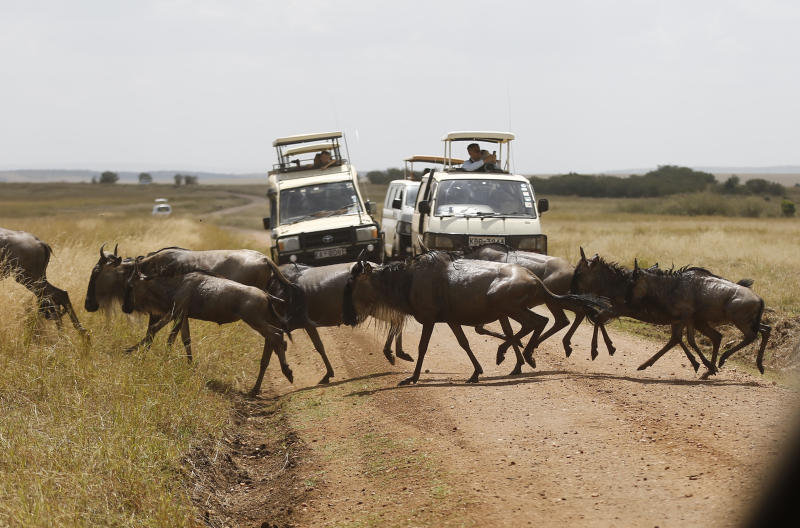×
The Standard e-Paper
Stay Informed, Even Offline

Wildebeest crossing a section of the road at Maasai Mara National Game reserve in Narok County. [Kipsang Joseph, Standard]
Not long ago, James Matindi enjoyed the incessant camera clicks when tourists he accompanied on safari to various game parks in the country snapped a marvel in the wild.